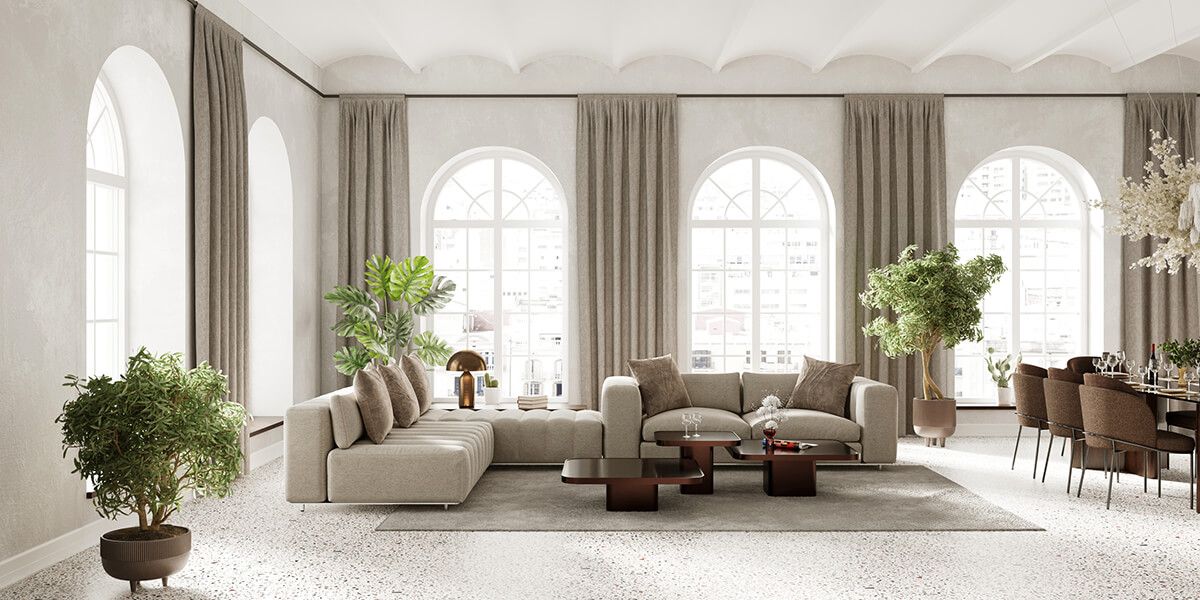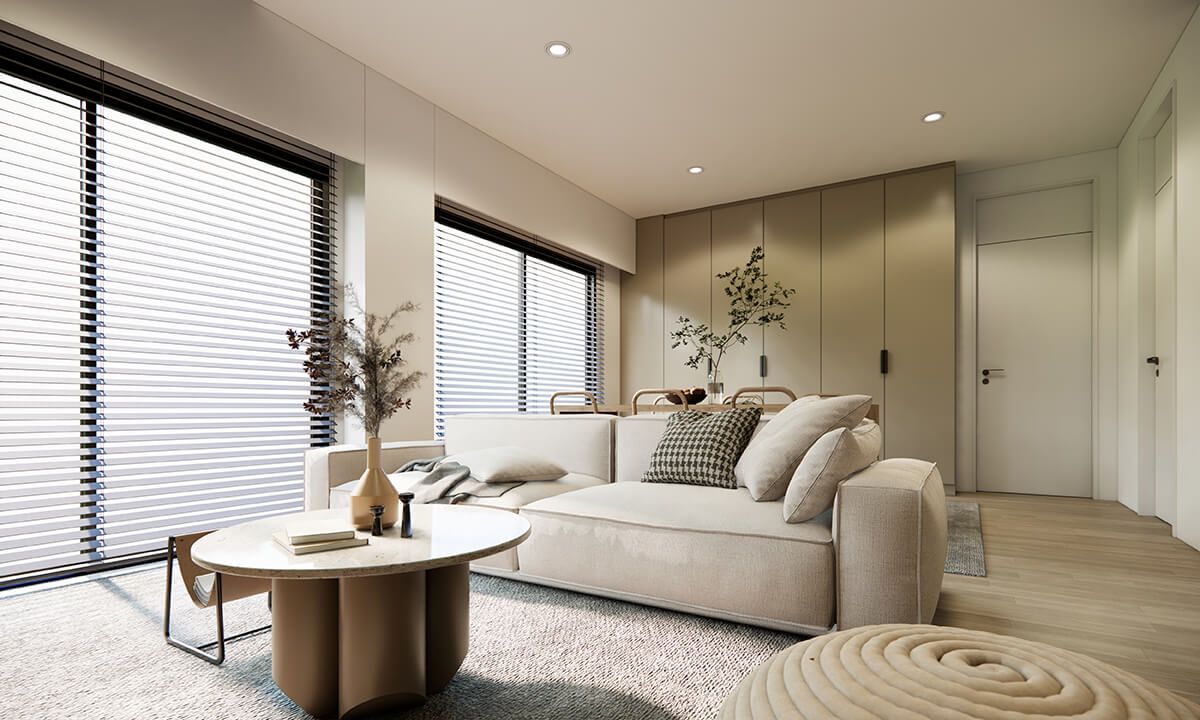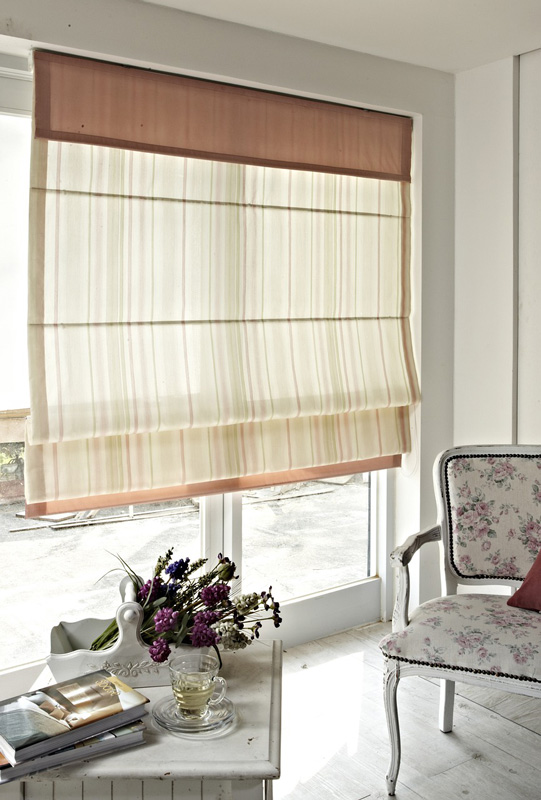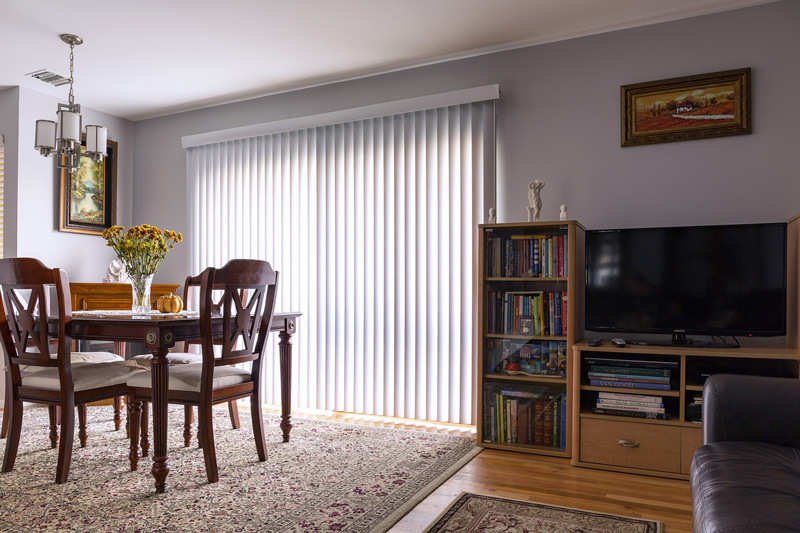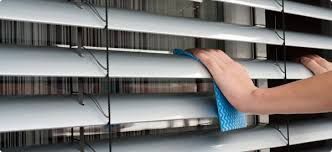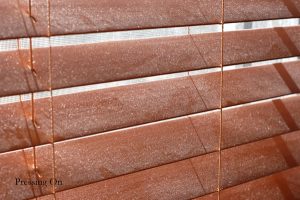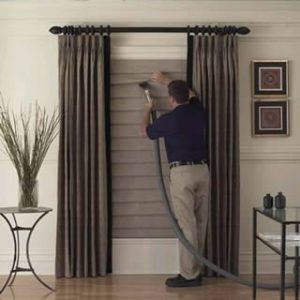Harnessing Winter’s Warmth: Energy-Efficient Window Treatments for a Cozier Home
As winter settles in, the chilly air seeping through windows can lead to increased heating costs and discomfort within our homes. However, with the right window treatments, you can effectively combat heat loss, enhance insulation, and create a cozy haven that’s both energy-efficient and stylish. In this comprehensive guide, we’ll explore the benefits of energy-efficient window treatments for winter and highlight a variety of options, including shutters, blinds, and shades, to help you transform your home into a warm and inviting retreat.
Understanding Energy-Efficient Window Treatments:
Energy-efficient window treatments are designed to minimize heat transfer between the interior and exterior of your home, helping to maintain a comfortable indoor temperature and reduce energy consumption. These window coverings typically feature insulating properties that trap heat during winter months and block unwanted heat gain during summer months. By investing in energy-efficient window treatments, you can lower your heating and cooling bills, reduce your carbon footprint, and create a more sustainable living environment.
Types of Energy-Efficient Window Treatments:
- Cellular Shades (Honeycomb Shades):
- Cellular shades, also known as honeycomb shades, feature a unique cellular design that creates pockets of air, providing an additional layer of insulation against heat loss.
- These shades are available in single-cell, double-cell, or triple-cell configurations, offering varying levels of insulation and energy efficiency.
- Cellular shades come in a range of colors, opacities, and textures, allowing you to customize your window treatments to suit your aesthetic preferences and functional needs.
- Insulated Drapes or Curtains:
- Insulated drapes or curtains are made from heavyweight fabrics with thermal lining or interlining, effectively blocking drafts and retaining heat within your home.
- These window coverings are particularly beneficial for large windows or sliding glass doors, where heat loss can be more pronounced.
- Insulated drapes or curtains come in a variety of styles, including traditional drapery panels, pleated curtains, and roman shades, allowing you to achieve both form and function in your window treatments.
- Shutters:
- Shutters are solid window coverings made from wood, vinyl, or composite materials, providing excellent insulation and privacy control.
- When closed, shutters create a barrier between the interior and exterior of your home, minimizing heat transfer and reducing energy loss.
- Shutters are available in a range of styles, including traditional plantation shutters, cafe-style shutters, and tier-on-tier shutters, allowing you to achieve a timeless look with modern functionality.
- Roman Shades with Thermal Backing:
- Roman shades with thermal backing combine the elegance of traditional roman shades with the energy-saving benefits of thermal insulation.
- These shades feature a layer of insulating material bonded to the back of the fabric, providing enhanced thermal performance and light control.
- Roman shades with thermal backing are available in a variety of fabrics, patterns, and textures, allowing you to add warmth and sophistication to any room in your home.
Benefits of Energy-Efficient Window Treatments for Winter:
- Reduced Heating Costs:
- By minimizing heat loss through windows, energy-efficient window treatments help reduce the need for heating, resulting in lower energy bills and long-term savings.
- These window coverings create a more comfortable indoor environment, allowing you to maintain a consistent temperature throughout your home without relying on excessive heating.
- Enhanced Insulation:
- Energy-efficient window treatments act as an additional layer of insulation, preventing cold drafts from entering your home and retaining heat within living spaces.
- By improving insulation, these window coverings help regulate indoor temperatures, reduce temperature fluctuations, and create a cozier and more comfortable living environment.
- Improved Comfort and Well-Being:
- During winter months, energy-efficient window treatments help create a warmer and more inviting atmosphere within your home, promoting comfort and well-being for you and your family.
- By minimizing cold drafts and maintaining a consistent temperature, these window coverings contribute to a more pleasant indoor experience, allowing you to relax, unwind, and enjoy the comforts of home.
- Environmental Sustainability:
- Energy-efficient window treatments not only benefit your household by reducing energy consumption and lowering utility bills but also contribute to environmental sustainability by minimizing carbon emissions and energy waste.
- By investing in energy-efficient solutions, you can make a positive impact on the environment while creating a more sustainable and eco-friendly living space.
Tips for Maximizing Energy Efficiency:
- Proper Installation and Sealing:
- Ensure that your energy-efficient window treatments are properly installed and sealed to maximize their effectiveness in reducing heat loss and improving insulation.
- Seal any gaps or cracks around windows and doors to prevent air leakage and maintain airtightness within your home.
- Utilize Layers for Added Insulation:
- Layering energy-efficient window treatments with additional window coverings, such as sheer curtains or blinds, can further enhance insulation and thermal performance.
- During winter months, close all window coverings at night to trap heat indoors, and open them during the day to allow natural sunlight to warm your home.
- Regular Maintenance and Cleaning:
- Keep your energy-efficient window treatments clean and well-maintained to ensure optimal performance and longevity.
- Follow manufacturer guidelines for cleaning and care, and address any issues or damage promptly to prevent compromises in insulation or energy efficiency.
As winter approaches, investing in energy-efficient window treatments is a smart and practical way to enhance comfort, reduce heating costs, and create a cozier living environment. Whether you choose cellular shades, insulated drapes, shutters, or roman shades with thermal backing, window coverings from Peachtree Blinds of Atlanta offer a combination of style and functionality that can transform your Atlanta home into a warm and inviting retreat. By harnessing the warmth of winter with energy-efficient window treatments, you can enjoy the comforts of home while making a positive impact on your energy consumption and environmental footprint. So, embrace the season’s chill and elevate your home’s insulation with energy-efficient window treatments that will keep you cozy all winter long.
Photo by Vasyl Cheipesh
